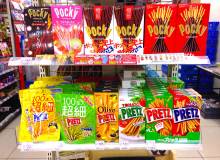
June 22, 2018
Japanese Summer Seasonal Ingredients
Summer treats to eat by the beach
Gardens overflow with vegetables in the summer. Yamagata dashi is a simple dish made simply by mincing okra, eggplant, cucumbers, myouga, and shiso and seasoned with soy sauce to taste. Served over a bowl of rice it’s a way to beat the heat as it does not need to be cooked. Seafood this time of year include eels, squid, shellfish, and some silver-skinned fish. Cold dishes to eat in the summer include chilled soumen noodles with a cold dipping sauce, kakigōri shaved ice, and hiyashi chūka cold ramen noodles.
Fish and seafood
鰺 aji – horse mackerel. Look for this at sushi counters or breaded and deep-fried called aji furai.
穴子 anago (Conger myriaster) – sea eel, an essential part of the Edomae sushi. For a meal of anago, check out Tamai in Nihonbashi.
アオリイカ aori ika – bigfin reef squid. Most squid to not have a fin. Rich texture.
鮑 awabi – abalone
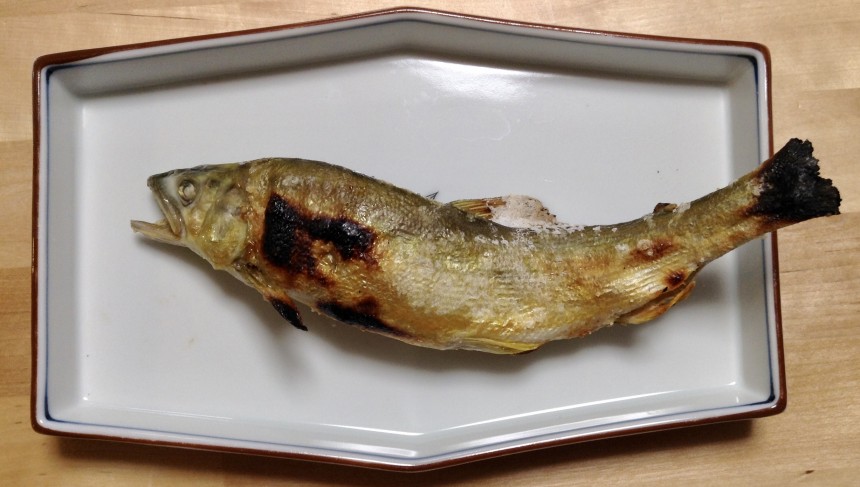
鮎 ayu – a river fish called sweetfish. It is often salted and grilled. Has tender, delicate meat.
鱧 hamo (Muraenesox cinereus) – pike conger eel has many bones that must be cut using a special knife before cooking. It is often served with a tart umeboshi sauce.
イサキ isaki – a delicate white fish
カジキ kajiki – swordfish is a meaty fish often grilled or sauteed
鱚 kisu – sillago is a delicate small whitefish that is often battered and deep-fried. The whole fish can be eaten, from head to tail.
車海老 kuruma ebi – tiger prawn
サザエ sazae – turban shell, often grilled in its shell. The bitter innards are treasured, if you are game.
スルメイカ surumeika – Japanese common squid or flying squid. Can be prepared a variety of ways, raw, grilled, sautéed, or fermented in its guts as shiokara.
太刀魚 tachiuo – cutlassfish looks like a silvery sword. Tender white meat and the skin is paper thin. Good simply salted and grilled or as sashimi with sesame oil and salt.
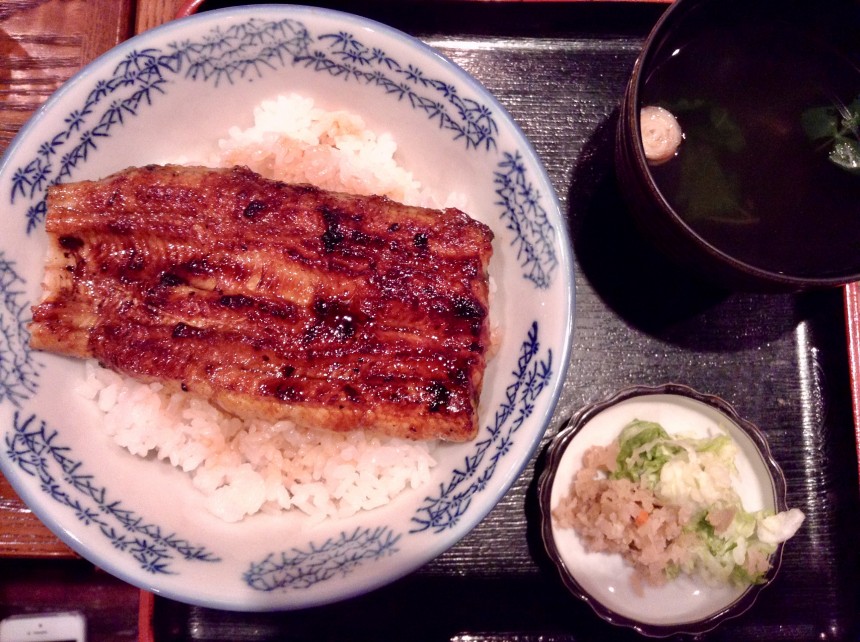
鰻 unagi (Anguilla japonica) – freshwater eel that is often grilled and served on a bed of rice in a lacquer box with a sweet soy sauce dressing.
Vegetables

枝豆edamame – fresh soybeans, often boiled and salted. Easy to make at home.

きゅうりkyuuri – cucumber
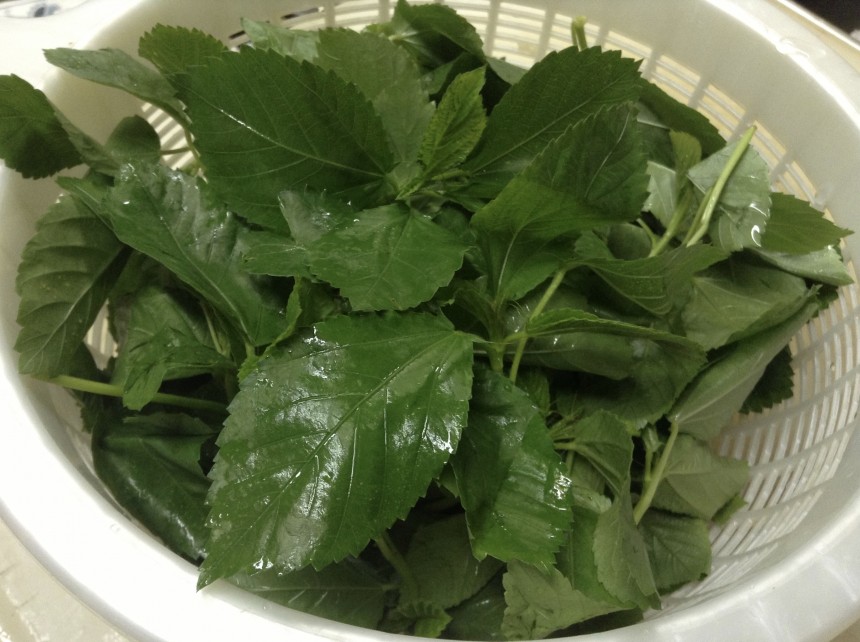
モロヘイヤmoroheiya – a super-vegetable originally from Egypt. This thin green leaf is often made into soups.

もずくmozuku – a sea vegetable from Okinawa, often served in an aromatic tart ponzu.
茄子nasu – eggplant
にんにくninniku – garlic
オークラookura – okra
さやいんげんsaya ingen – green beans
生姜shouga – ginger. The skin of fresh ginger is thin and does not need to be peeled.
ともろこしtomorokoshi – corn
Fruit
杏子anzu – Siberian apricot (Prunus armeniaca) can be used in sweets. Look for daifuku mochi with azuki bean paste and anzu.
びわbiwa – loquat is a pale orange stone fruit.
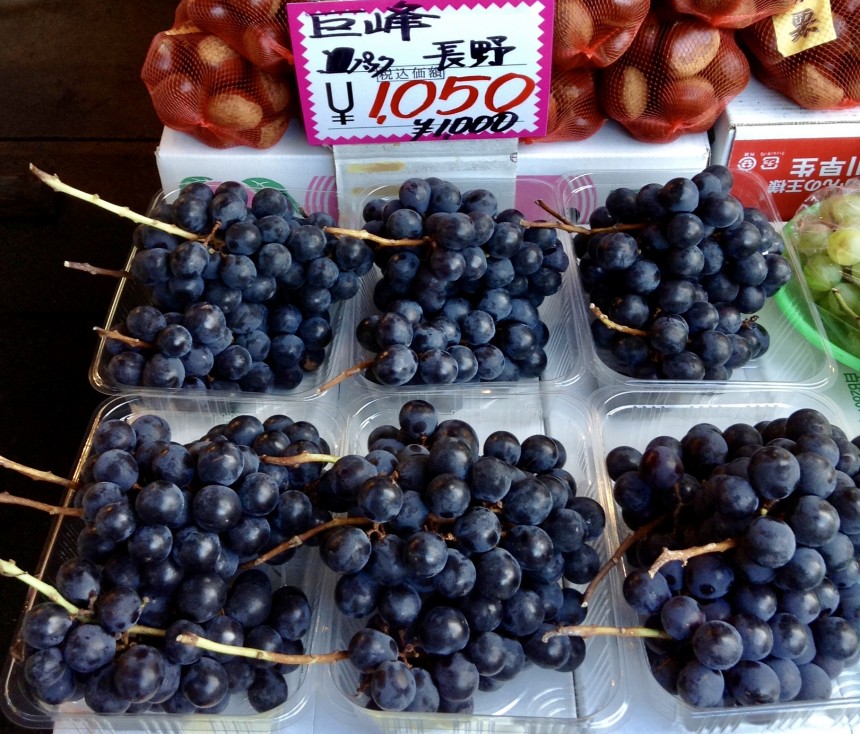
ぶどうbudou – grapes. There are many varietals of grapes grown in Japan such as Muscat of Alexandria or kyohou. The thick skins of kyohou are not eaten but peeled.
イチジクichijiku – figs. The skins on fresh figs are delicate and edible.
キウィkiwi – Japan grows green, yellow, and a rainbow red kiwi.
マンゴmango
メロンmelon – available year-round as most are grown in greenhouses, but summer is the peak season.
ももmomo – peaches
さくらんぼうsakuranbou – cherries
すいかsuika – watermelon

梅ume – Japanese apricot (Prunus mume). This apricot is used for making umeboshi pickled apricots as well as ume-shu, a sweet liqueur.
柚子yuzu – in the summer yuzu are green, winter yuzu are yellow.
Also be on the lookout for kakigori, hiyashi chuka, somen,




